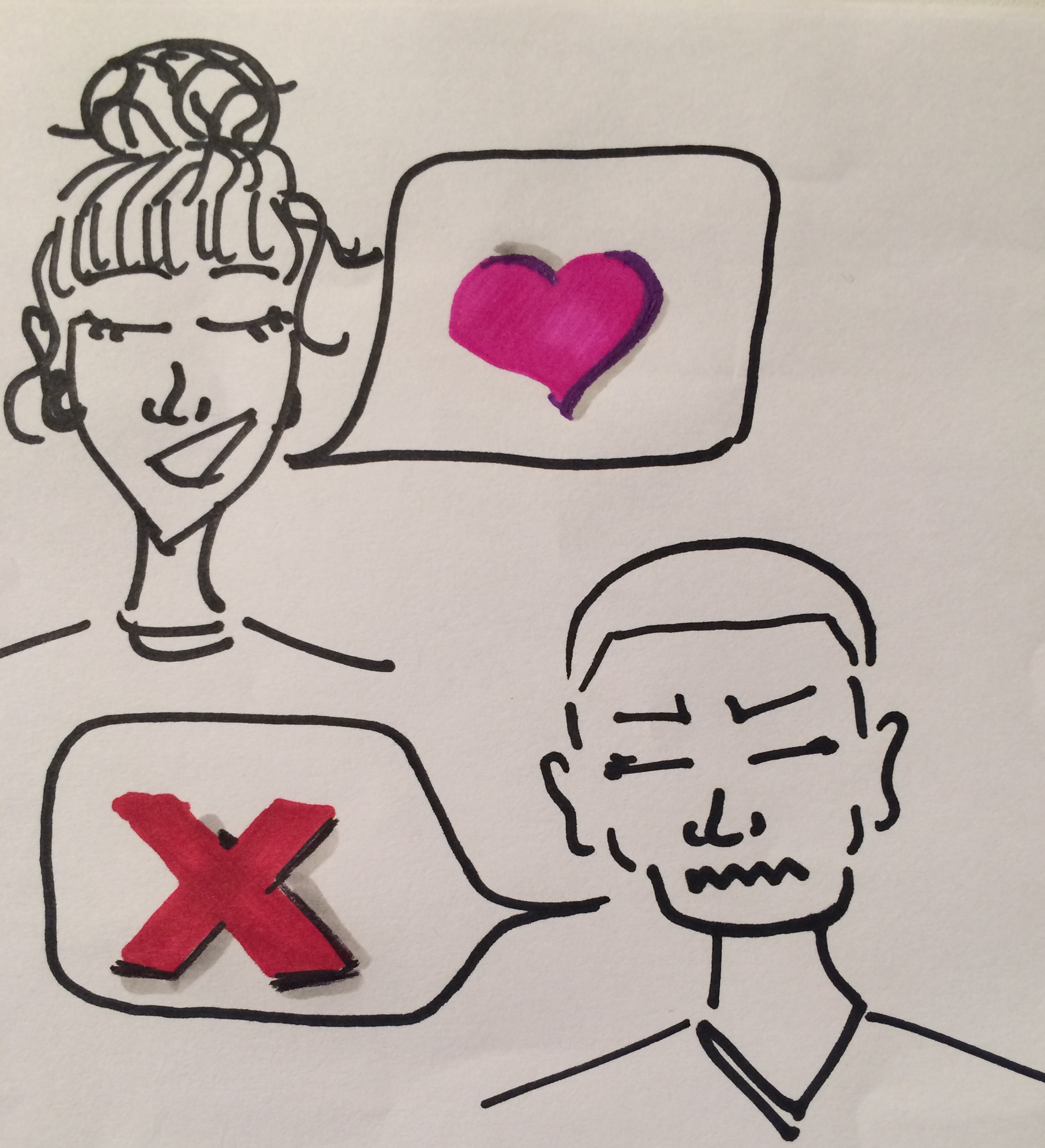
User Research: Tell Me How You Really Feel.
Our client let us know that they had not done any user research and had not looked at their site analytics in a while. I knew that we would have to at least do an audit of their website to understand who was arriving to the site, who was staying, and for what purpose. Since the site redesign also involved handling tens of pages of content, I was excited to use my interest in content strategy and editing to make sure those users found what they needed quickly.
Google Analytics gave us part of what we needed. Through the data gathered from the platform, I saw that users arrived on the site via multiple landing pages. For example, many users were searching for the company's "Careers" page on Google and arriving to a static page that prompted them to log in before being able to see job openings. I made sure to note that we should not solely focus on the homepage to make a great first impression on these potential hires. Popular pages, like the Careers page, were just as important. The analytics showed that most users left the site before completing the registration form, which provided them with increased access to the site.
Next, I asked our client to send us a list of the pages they believed were most important, in accordance with their business goals. Those pages included the careers page, several pages which, legally, government contractors need to display, and many text heavy pages users never landed on. Many questions followed: "Why did they believe these pages were important? Which pages can be condensed? Can any of these pages be removed?"
After we pared down content, I organized pages, using card sorting and affinity mapping, with several members of my internal digital team. In the end we delivered a preliminary sitemap, with nearly a quarter of the site's pages removed or condensced, to the client.

Results and Takeaways: Our Next Steps.
I began my User Experience Design Immersive course at General Assembly DC very shortly thereafter. The site is currently up and running due to the continued efforts of my previous team.